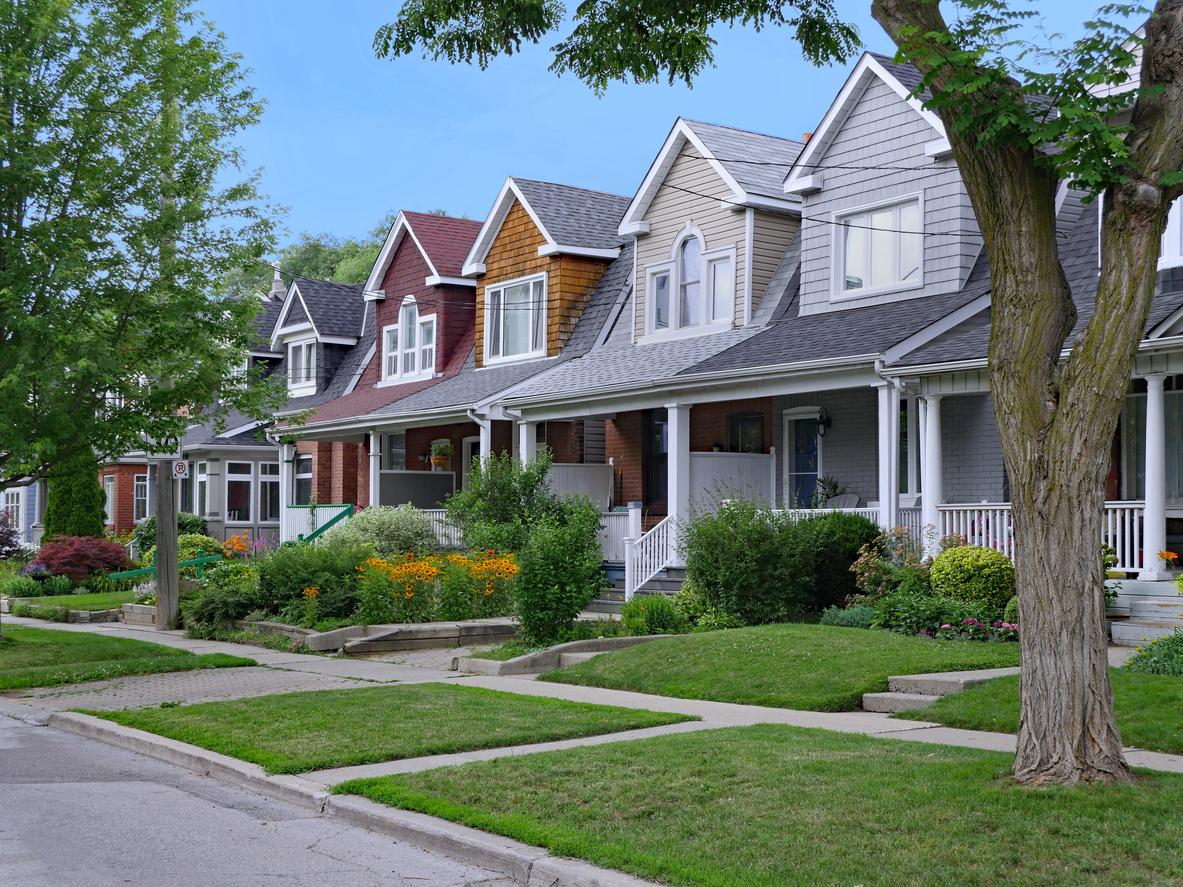The Bank of Canada finally cut interest rates, and the housing market response has been more listings, not sales—hands up if that was on your bingo card. Activity heading into that meeting through May was indeed soggy, and there’s not much to suggest that has changed through the first half of June. Overall sales were down 0.6% on seasonally-adjusted basis in May, or 5.9% below year-ago levels. This continues a subdued but largely stable level of sales activity consistent with the low end of the pre-COVID range.
Meantime, new listings rose modestly again and were up a stronger 13.5% from a year ago. New listings are not by any means out of control, but have returned to their 10-year average after running extremely lean at this time last year. On the flip side though, sales activity is trending 13% below the 10-year average, so there remains a gradual building of inventory on the resale market. The months’ supply of inventory (adjusted for the sales pace), rose again to 4.4, or the highest in four years. The national figures, of course, mask some growing variation at the regional level. While Alberta’s market is still exceptionally tight (2.4 months of inventory), British Columbia has loosened (just under 6 months), while Ontario is arguably slackening the fastest right now (4.2 months versus just 2.0 at this time last year). And, even further below the surface, resale condo inventory in the GTA has never been higher.
With the national sales-to-new listings ratio weakening slightly to 52.8% in May, modest downward price pressure continues at the national level. The benchmark price dipped 0.2% in the month, or -2.4% from year-ago levels. Calgary is still the strongest larger market in Canada, with the sales-to-new listings ratio sitting at 74%, although easing in recent months. Prices continue to push record highs, up 9.8% y/y, and running fully counter to national trends. Much softer prices trends in Vancouver (+2.3% y/y) and Toronto (-3.5% y/y) continue. Montreal remains largely balanced with prices moving sideways since mid-2023.
All told, the resale housing market was subdued across much of the country in May ahead of the first Bank of Canada rate cut of this cycle. The Bank will surely have eyes on how conditions evolve post-cut, but so far there has been little to suggest a significant rebound is activity or prices. For some thoughts on why that hasn't been the case, we’ll refer you back to: Canadian Housing Liftoff or Letdown?
In a separate release... Canadian housing starts rose to 264,500 annualized units in May, the strongest reading since September. That leaves the 12-month average at 251k, which is down from a high of 273k set in late 2021, but still a robust level of building activity. And, momentum over the latest 3- and 6-month periods is holding up just shy of the 250k mark. This is a solid level of output given tougher market conditions, as builders do their best to meet torrid demographic demand. As it stands now, the number of units under construction is trending near record highs in absolute terms, and matching the 1970s building boom relative to the size of the adult population. Two big takeaways from this: First, we can’t possibly double or triple the rate of construction from these levels—going to assume that everyone sees that now. Second, there is a steady stream of completions coming down the pipeline (mostly condos) that might be meeting already-soggy resale-market conditions. That means a firmer lid on prices, and even some heat taken out of rent growth.
